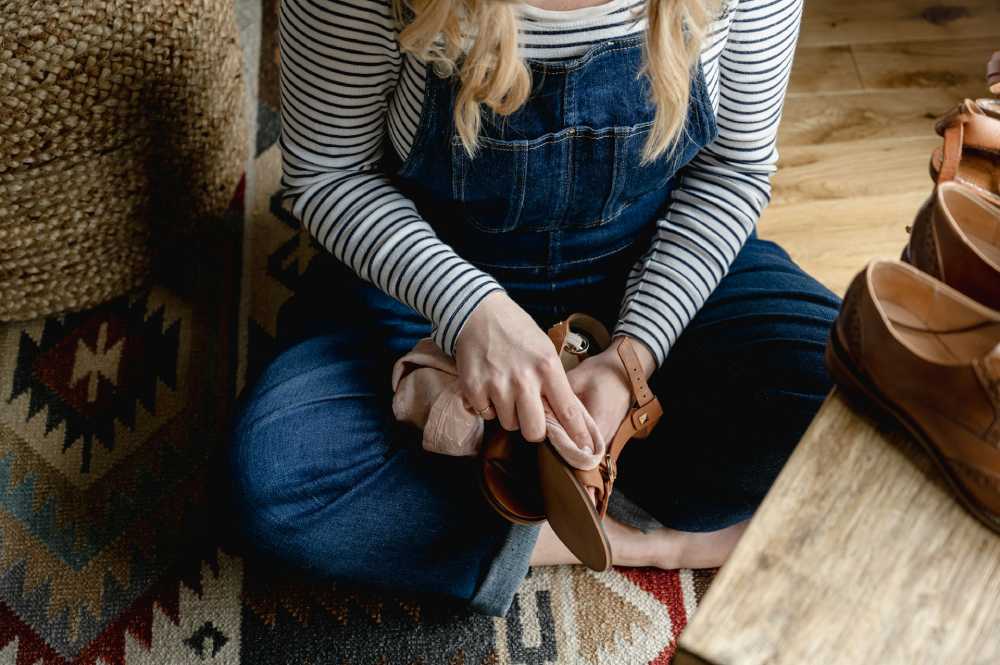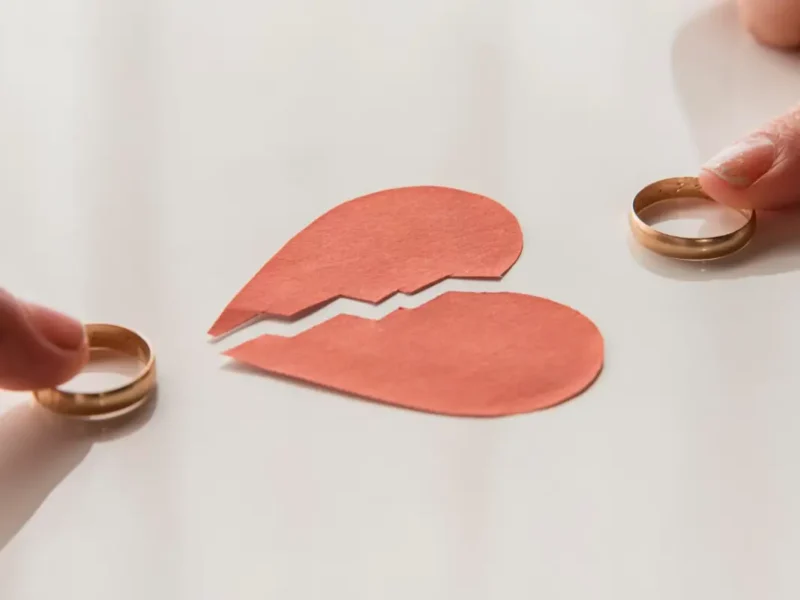Efficient shoe care is essential for preserving the longevity and appearance of your footwear through simple routines. Regular maintenance, such as cleaning off dirt and debris and promptly addressing stains or scuffs, can prevent premature wear and tear. Investing in quality shoe products, such as brushes, conditioners, and waterproofing sprays, helps protect against damage from moisture and environmental elements.
Additionally, rotating between pairs of shoes and using shoe trees to maintain shape can extend their lifespan. Incorporating these straightforward practices into your routine ensures that your footwear remains in top condition, saving time and money in the long run.
Contents
- 1 Valuable Footwear Maintenance Techniques
- 2 Everyday Shoe Care: Quick Steps for Busy Lives
- 3 The Deep Cleaning Process: How to Thoroughly Refresh Your Shoes
- 4 Caring for Special Materials: Leather, Suede, and Canvas
- 5 Storing Shoes Effectively: Best Practices
- 6 When to Repair: A Guide to Saving Worn Footwear
- 7 The DIY Approach to Shoe Care: Tips and Tricks
Valuable Footwear Maintenance Techniques
The adage “an ounce of prevention is worth a pound of cure” holds when maintaining a pristine shoe collection. Shoes encounter a variety of surfaces each day, picking up dirt and debris that can deteriorate their materials over time. One should incorporate premium shoe cleaning kits for pristine footwear to avoid this degradation in their care routine.
Regular care includes brushing away dirt after each outing and using structured shoe trees to combat the creasing and misshaping during wear. This latter step is crucial, especially for dress shoes and other formal footwear, as it preserves their elegant silhouette and ensures a polished look.
Additionally, there’s value in occasionally switching the cleaning products used, as different formulations can address varying levels of dirt accumulation and material types. Remember, successful shoe maintenance isn’t just about the immediate benefits; it’s also an investment in the longevity and appearance of your footwear over time.
Everyday Shoe Care: Quick Steps for Busy Lives
It’s still possible for busy people to integrate routine shoe care into a hectic schedule. Taking a moment to wipe off any noticeable dirt with a damp cloth before entering the house can prevent stains from setting. A quick brush to dislodge loose dirt or a spritz of protective spray can form a defense barrier against the elements.
It’s also recommended that the shoes be rotated. It allows each pair to breathe and recover from moisture and reduces wear and tear, extending the life of all shoes in the collection.
The Deep Cleaning Process: How to Thoroughly Refresh Your Shoes
There are times when shoes require more than just a superficial cleaning. A deep cleaning session can rejuvenate a pair of tired-looking shoes. This involves a dedicated set of tools, including various brushes and a chosen cleaner that is friendly to your shoe’s material.
After removing the laces and insoles for a thorough wash, gently applying a cleaner with a soft-bristled brush can lift away the grime embedded in the surface. For more stubborn dirt, targeted tools like a crepe rubber for Suede or a leather conditioner for leather shoes can handle the stricter areas without causing damage.
Rinsing with a damp cloth followed by air drying away from direct heat are the finishing touches for the deep cleaning regimen. While time-consuming, this level of care can significantly refresh shoes and highlight the colors and texture initially loved by the owner.
Caring for Special Materials: Leather, Suede, and Canvas
Shoes of unique materials like leather, Suede, and canvas respond best to specific care methods. Leather shoes, for example, require a good balance of cleaning, conditioning, and polishing to retain their luxurious sheen. Leather conditioners replenish oils lost during wear, preventing the material from drying out and cracking. With its delicate texture, Suede benefits from a soft brush designed for lifting dirt without damaging the material’s soft nap.
On the other hand, canvas sneakers are more forgiving and can often be spot-cleaned or machine-washed if manufacturer guidelines permit. By understanding the specific needs of each material, individuals can keep their shoes looking as good as new for extended periods.
Storing Shoes Effectively: Best Practices
Adequate storage is as critical as the maintenance routine. Shoes should be stored in a manner that maintains their shape and protects them from elements that could cause deterioration. Humidity can create a conducive environment for mold, while exposure to extreme temperatures can warp or crack materials.
Shoe boxes can provide safe compartments for each pair, especially if silica gel packs are included to absorb excess moisture. Shoe racks or custom shelving create an orderly system, making it easier to find and select the appropriate pair, all while ensuring they remain undistorted.
When to Repair: A Guide to Saving Worn Footwear
Sometimes, even the most well-maintained shoes can succumb to the rigors of frequent use. A sole coming apart, a loose heel, or a decomposed insole are signs that shoes need professional intervention. Shoe repair services can extend the usable life of a beloved pair, potentially restoring them to like-new condition.
Capable of repairing various concerns, from broken straps to worn-out soles, these services can be a more cost-effective option than purchasing new shoes. Recognizing these wear-and-tear signs early can lead to timely repairs, saving the footwear and the owner’s comfort.
The DIY Approach to Shoe Care: Tips and Tricks
Embracing a do-it-yourself philosophy can make shoe care both efficient and enjoyable. Simple, at-home solutions such as creating a mixture of baking soda and vinegar to target odors or using household adhesives for minor sole separations can be both economical and practical.
Innovations such as DIY waterproofing concoctions or using a hairdryer to expedite the break-in period for tight shoes are also popular tricks shared among shoe care enthusiasts. These DIY techniques enhance the shoes’ functionality and provide a sense of accomplishment in maintaining one’s personal belongings.



